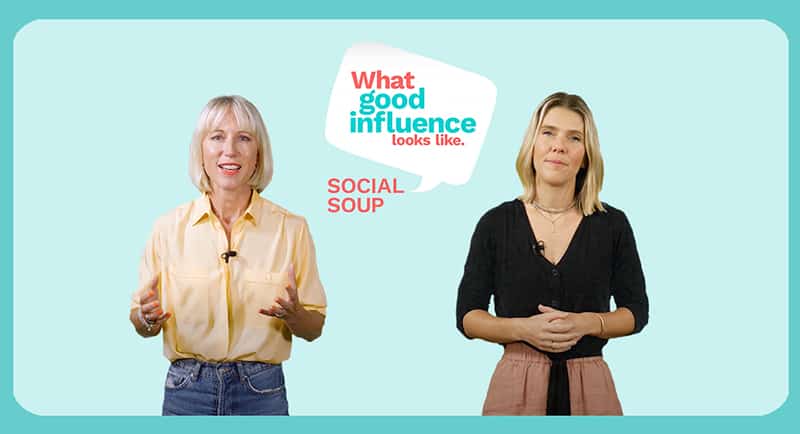In the fourth video of Social Soup‘s What Good Influence Looks Like content series, we move on to part two of our focus on TikTok, which is all about best practices for creating influence.
See Also: Brett Armstrong: How creativity on TikTok is “driving the success of commerce” on the app
In the video, three key considerations are highlighted: creators, content, and consistency.
• When it comes to creators, it’s important to treat them as creative agencies and allow them the freedom to pitch ideas and create content that resonates with their audience. Partnering with creators boosts view-through rates and drives product discovery.
• In terms of content, it’s essential to prioritise personality and authenticity over perfection. Entertainment is a top reason why Australian consumers use TikTok, so capturing attention in the first frame is crucial. Inspiring the community to learn something new and sharing the real side of your brand are also effective strategies. Sound plays a vital role in TikTok, so having a well-planned audio component is as important as the visual elements. Balancing brand cues with the authenticity of the creator’s content helps ensure a genuine partnership.
• Consistency is emphasised as good influence never ends on TikTok. An always-on approach allows for continuous community building, adjusting for trends, and maintaining social proof. Testing and learning are encouraged, as brands that persevere and iterate are appreciated by the audience.
Marketers who understand how to get these best practices into their own social strategies will find it easier to meet consumers’ needs, deliver valuable content, and create meaningful connections.
TikTok is seen as more than just a social platform – it’s a link to culture and consumers, making it an essential component of an omni-channel influence strategy.
See Also: What Good Influence Looks Like: Five key areas for planning good influencer marketing
See Also: What Good Influence Looks Like: Moving from “influencer” to influence
See Also: What Good Influence Looks Like: TikTok in Omni-influence planning
